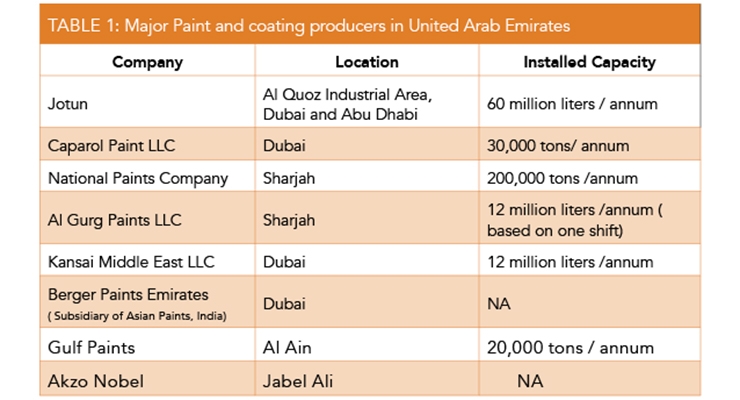Investigate The Role Of Seasonal Factors In The Success Of Industrial Outside Painting And Reveal The Very Best Times To Safeguard Lasting Outcomes For Your Task
Investigate The Role Of Seasonal Factors In The Success Of Industrial Outside Painting And Reveal The Very Best Times To Safeguard Lasting Outcomes For Your Task
Blog Article
Personnel Author-Ford Rosendal
When you're planning a business exterior painting project, seasonal factors can make or damage your outcomes. You'll intend to think about just how temperature level and moisture impact paint application and drying times. Selecting the best season can ensure your paint sticks effectively and lasts much longer. But which seasons are genuinely the best for this sort of job? Allow's discover the key elements that can affect your job's success.
The Effect of Temperature Level on Paint Application
When you're intending an industrial exterior painting task, the temperature can considerably affect exactly how well the paint sticks and dries out.
Ideally, you intend to repaint when temperature levels range between 50 ° F and 85 ° F. If it's also cold, the paint might not heal appropriately, resulting in problems like peeling off or breaking.
On the flip side, if it's as well hot, the paint can dry out too promptly, protecting against appropriate bond and causing an irregular surface.
You should also consider the time of day; early morning or late afternoon provides cooler temperature levels, which can be more beneficial.
Always examine get more info for the particular paint you're utilizing, as they typically offer assistance on the suitable temperature level variety for optimum results.
Humidity and Its Impact on Drying Times
Temperature isn't the only environmental factor that influences your commercial outside paint job; humidity plays a considerable duty as well. High moisture levels can decrease drying times considerably, influencing the overall high quality of your paint task.
When the air is saturated with wetness, the paint takes longer to cure, which can lead to problems like inadequate attachment and a higher risk of mold development. If house being painted on a particularly damp day, be gotten ready for extensive wait times in between coats.
It's important to check local weather and strategy appropriately. Ideally, go for moisture levels between 40% and 70% for optimal drying.
Maintaining these factors in mind guarantees your job remains on track and delivers a long-term finish.
Best Seasons for Commercial Outside Paint Projects
What's the very best time of year for your business exterior paint projects?
Springtime and early loss are commonly your best choices. During these periods, temperatures are moderate, and humidity degrees are frequently lower, developing ideal problems for paint application and drying out.
Stay clear of summertime's intense heat, which can trigger paint to dry as well promptly, resulting in bad adhesion and finish. Similarly, winter months's cool temperatures can impede correct drying and healing, risking the long life of your paint work.
Go for r&c painting with temperature levels between 50 ° F and 85 ° F for ideal outcomes. Bear in mind to inspect the local weather prediction for rain, as wet problems can wreck your job.
Preparation around these variables ensures your painting job runs efficiently and lasts much longer.
Final thought
Finally, preparing your business exterior paint jobs around seasonal considerations can make a considerable difference in the end result. By scheduling work during the suitable temperature levels and humidity degrees, you'll ensure much better attachment and drying out times. Remember to watch on click the up coming post and pick the right time of year-- spring and early autumn are your best choices. Taking these steps will certainly aid you accomplish a durable and professional finish that lasts.
